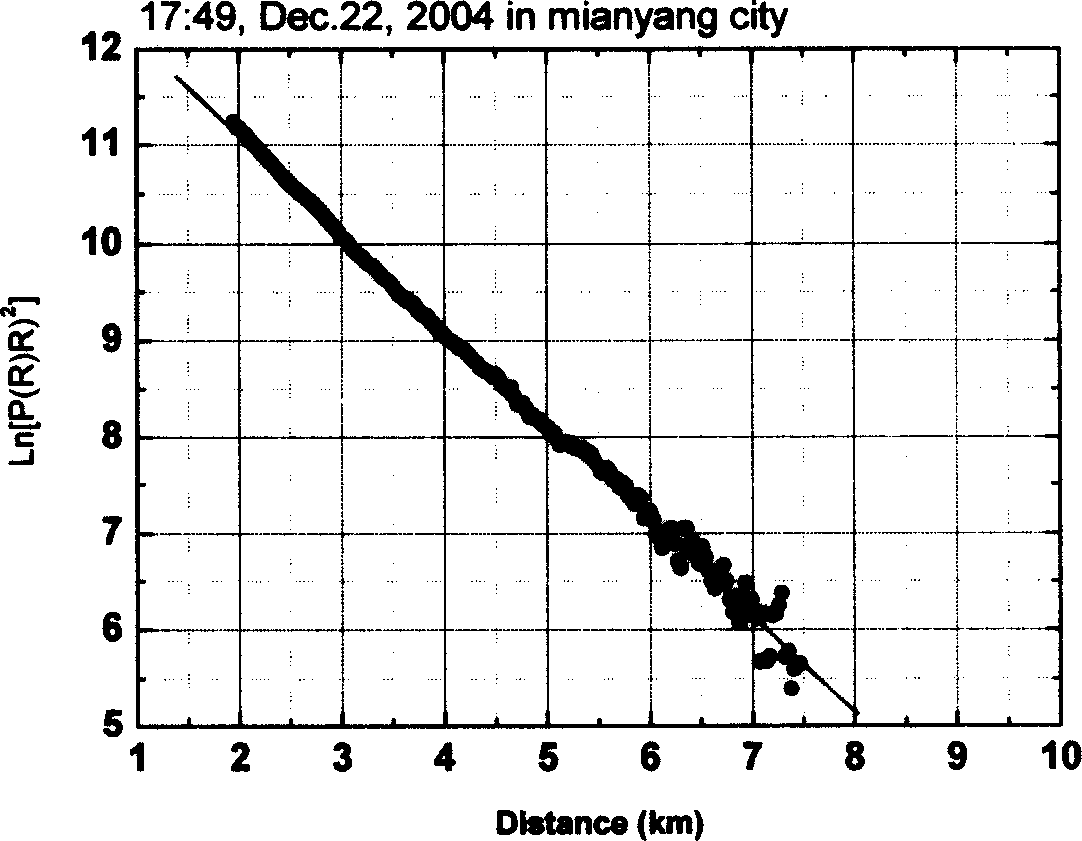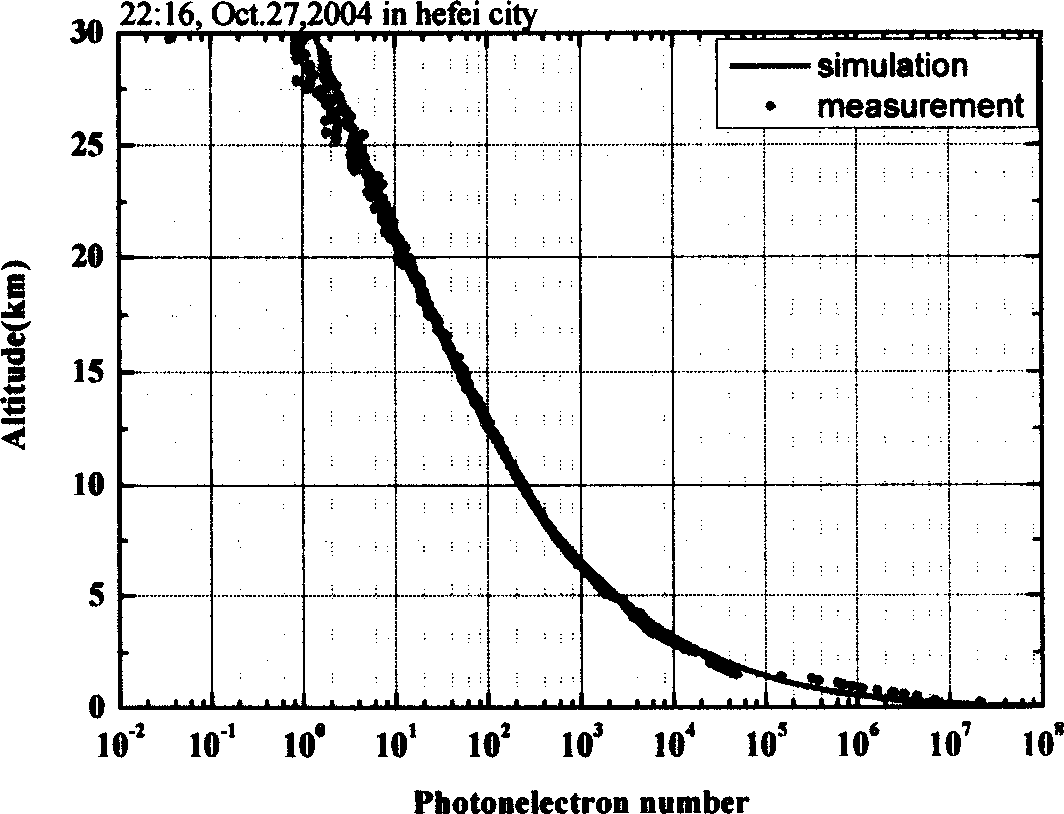Detection method and laser radar of Raman-Mie scattering laser atmospheric signal
A detection method, laser technology, applied in the direction of measuring devices, using re-radiation, climate sustainability, etc., can solve the problems of large volume, weak scattered echo signal, difficult to move and transport, etc.
- Summary
- Abstract
- Description
- Claims
- Application Information
AI Technical Summary
Problems solved by technology
Method used
Image
Examples
Embodiment Construction
[0039] The schematic diagram of the mechanism of the vehicle-mounted Raman-Mie scattering laser radar system of the present invention is as follows figure 1 shown.
[0040] Raman-Mie scattering lidar, which consists of four parts:
[0041] (1) Emitting unit: use laser as the laser emission source, install a dichroic mirror at the front end of the laser, the front end of the dichroic mirror is equipped with an emitting lens group composed of a total reflection mirror, and the dichroic mirror is completely transparent to the 532nm light emitted by the laser , 355nm light is 15% transparent, 85% of the 355nm light is reflected to the total reflection mirror, and then shoots to the sky through the 355nm wavelength beam expander. parallel;
[0042] (2) Radar receiving and follow-up optical unit: including a Cassegrain type telescope that is movable and capable of pitching movement, and the rear end of the Cassegrain type telescope is sequentially installed with a light-shielding ...
PUM
 Login to View More
Login to View More Abstract
Description
Claims
Application Information
 Login to View More
Login to View More - R&D
- Intellectual Property
- Life Sciences
- Materials
- Tech Scout
- Unparalleled Data Quality
- Higher Quality Content
- 60% Fewer Hallucinations
Browse by: Latest US Patents, China's latest patents, Technical Efficacy Thesaurus, Application Domain, Technology Topic, Popular Technical Reports.
© 2025 PatSnap. All rights reserved.Legal|Privacy policy|Modern Slavery Act Transparency Statement|Sitemap|About US| Contact US: help@patsnap.com



